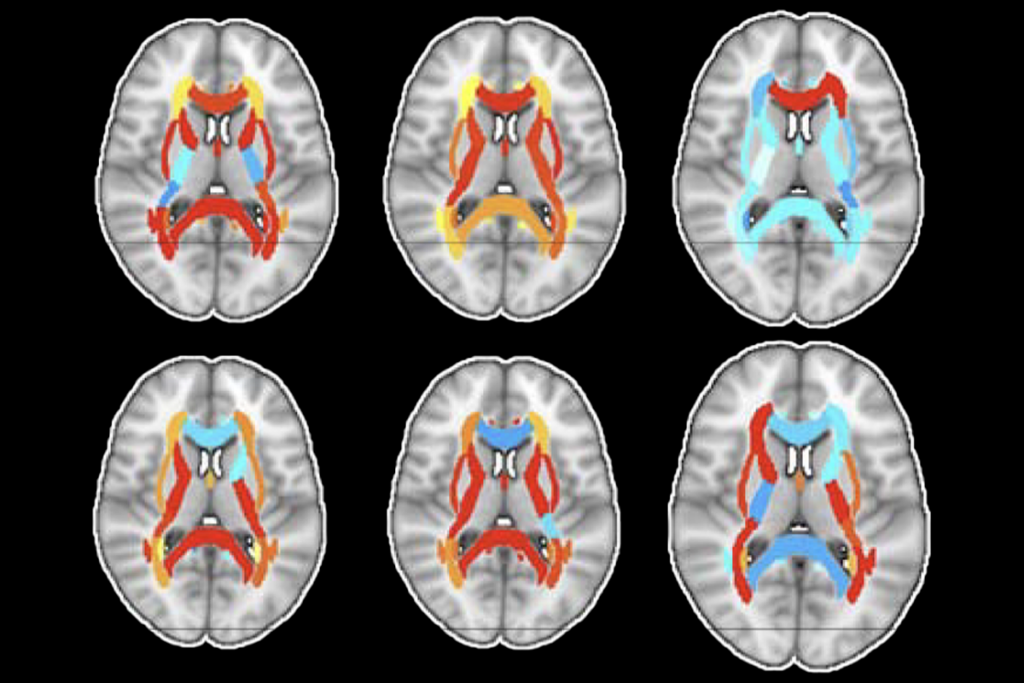Molecular mechanisms: Protein synthesis boosted in fragile X
A cellular pathway that initiates protein synthesis may be overactive in individuals with fragile X syndrome, according a study published 23 January in Genes, Brain and Behavior.
-
Suitable substitute: Molecular changes in blood match those in postmortem brains from individuals with fragile X syndrome.
A cellular pathway that initiates protein synthesis may be overactive in individuals with fragile X syndrome, according a study published 23 January in Genes, Brain and Behavior1.
Fragile X syndrome is caused by a modification to the FMR1 gene that leads to lower levels of FMRP. FMRP regulates the assembly of proteins based on the genetic messages that code for them, in a process called protein translation. Mice that don’t produce FMRP show elevated activity of the mTOR pathway, which activates a number of important cellular functions, including the initiation of protein translation2.
In the new study, researchers looked at the levels of several proteins that are part of the mTOR pathway in the blood of 38 individuals with fragile X syndrome compared with that of 14 controls.
mTOR activates S6K1, a regulator of translation initiation, by adding a chemical phosphate to the protein — a process called phosphorylation. In turn, S6K1 phosphorylates S6, a component of ribosomes, cellular structures that assemble proteins during translation.
There is more phosphorylated S6K1 and S6 in the blood of individuals with fragile X syndrome than in that of controls, the study found, suggesting that the mTOR pathway may be overactive in individuals with the syndrome.
The levels of phosphorylated AKT, a protein that activates mTOR signaling, and eIF4F, another translation initiator that is activated by mTOR, are also elevated in the brains of individuals with fragile X syndrome compared with controls, the study found.
The researchers also looked at postmortem brain tissue from four individuals with fragile X syndrome and four controls. As in blood cells, phosphorylation of S6K1 and AKT was elevated in the brains of individuals with the disorder compared with the brains of controls.
There was no indication of elevated phosphorylation of eIF4F in the tissue, the study found. However, there may be small regional differences in elF4F phosphorylation levels that could not be detected by their methods, the researchers say.
Still, the study suggests that molecular changes in blood cells are consistent with those found in brain tissue, which supports investigations into biomarkers for autism that are detectable in blood samples.
References:
1: Hoeffer C.A. et al. Genes Brain Behav. Epub ahead of print (2012) PubMed
2: Sharma A. et al. J. Neurosci. 30, 694-702 PubMed
Recommended reading

Going against the gut: Q&A with Kevin Mitchell on the autism-microbiome theory

Constellation of studies charts brain development, offers ‘dramatic revision’
Explore more from The Transmitter

Timing tweak turns trashed fMRI scans into treasure

Perimenopause: An important—and understudied—transition for the brain

